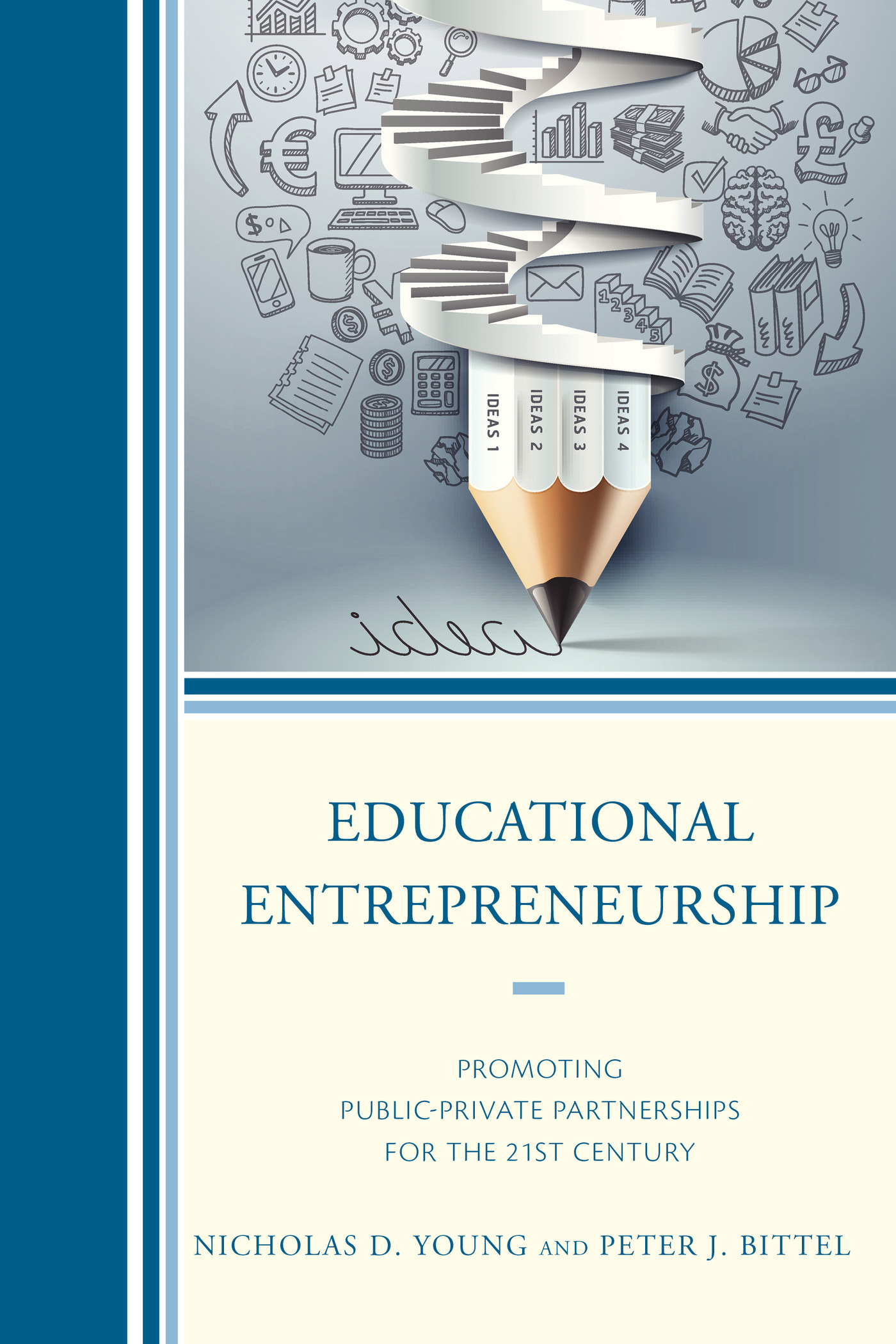Educational
Entrepreneurship
Other Books by These Authors
Betwixt and Between: Understanding and Meeting the Social and Emotional Development Needs of Students During the Middle School Transition Years
Beyond the Bedtime Story: Understanding and Promoting Reading Development During Muddle School
Transforming Special Education Practices: A Primer for School Administrators and
Policy Makers
Educational
Entrepreneurship
Promoting Public-Private Partnerships for the 21st Century
Nicholas D. Young and Peter J. Bittel
ROWMAN & LITTLEFIELD
Lanham Boulder New York London
Published by Rowman & Littlefield
A wholly owned subsidiary of The Rowman & Littlefield Publishing Group, Inc.
4501 Forbes Boulevard, Suite 200, Lanham, Maryland 20706
www.rowman.com
Unit A, Whitacre Mews, 26-34 Stannary Street, London SE11 4AB
Copyright 2015 by Nicholas D. Young and Peter J. Bittel
All rights reserved. No part of this book may be reproduced in any form or by any electronic or mechanical means, including information storage and retrieval systems, without written permission from the publisher, except by a reviewer who may quote passages in a review.
British Library Cataloguing in Publication Information Available
Library of Congress Cataloging-in-Publication Data
Young, Nicholas D., 1967
Educational entrepreneurship : promoting public-private partnerships for the 21st century / Nicholas D. Young and Peter Bittel.
pages cm.
Includes bibliographical references.
ISBN 978-1-4758-0837-7 (cloth) -- ISBN 978-1-4758-0838-4 (pbk.) -- ISBN 978-1-4758-0840-7 (electronic)
1. Privatization in education. 2. Public-private sector cooperation. 3. Business and education. 4. Education and state. I. Young, Nicholas D., 1967- II. Bittel, Peter J., 1948- III. Title.
LB2806.36.Y68 2015
379.1--dc23
2015000227
 TM The paper used in this publication meets the minimum requirements of American National Standard for Information Sciences Permanence of Paper for Printed Library Materials, ANSI/NISO Z39.48-1992.
TM The paper used in this publication meets the minimum requirements of American National Standard for Information Sciences Permanence of Paper for Printed Library Materials, ANSI/NISO Z39.48-1992.
Printed in the United States of America
Acknowledgments
As an ever thoughtful colleague, I support Peter Bittels public acknowledgment of our coauthors by name for their expertise and contributions to this book. It takes a team to tackle the diverse ideas considered in these pages, and we are grateful for having assembled such a highly capable one. I would also like to thank Sue Clark for her attention to detail and willingness to review the entire tome one last time with fresh eyes to ensure that we had all of our bases covered before final submission. Her efforts are always appreciated and well received. Additionally, I want to thank Butch and Diane Spear of Newbury, Vermont, for showing me and my father, David, such wonderful New England hospitality when introducing us to the world of the true Vermont Sportsman. Last, but far from least, I also wish to acknowledge the publishing team at Rowman and Littlefield for their support and assistance in making this book a reality.
Nicholas D. Young, PhD, EdD
Through this book we have combined our experience, resources, and knowledge to present to you a think-outside-the-box approach to modern education. Dr. Frederick Hess initially wrote pioneering studies in education entrepreneurship. As a team we are excited to build upon his work to present practical ideas that can be implemented to improve the quality of education in real schools, right now. Many thanks to Marc Dean Millot, JoAnn Cox, Lynne Celli, Richard Roque, Brian Edwards, Erin Edwards, Christine N. Michael, Elizabeth Jean, Rich LaBrie, Pat Wear, and Leslie Wilson for their time, expertise, and enthusiasm that combined made this project possible. I would also like to send additional thanks for ongoing support from Michelle Lynch and Kindreth Stoia.
Peter J. Bittel, EdD
Introduction
Nicholas D. Young and Peter J. Bittel
Educational Entrepreneurship: Promoting Public-Private Partnerships for the 21st Century is a book written for school administrators, policy makers, and those within the business community who are genuinely interested in finding ways to forge meaningful public-private partnerships as a way to stretch limited education funding. We consider school superintendents, business managers, principals, and school committee members or other local elected officials who have a financial connection to public education to be this books primary audience.
However, we recognize that private educators and charter school administrators with slightly different job titles but similar responsibilities will find the contents of this book directly applicable to the challenges they face within their own spheres of influence.
Further, we appreciate that teachers, graduate students, parents, and members of the larger community also have a vested interest in how education funds are allocated; these individuals may find the practical information presented in these pages to be equally useful as well.
We contend that strong ideas on how to advance the cause of public education can come from all levels and parties, as we live in a society where everyone has a vested interest in the educational enterprise; therefore, the more inclusive we can be in our quest to engage the largest possible community on how to find creative solutions to maximizing school resources, the better. To highlight the point that this topic is worth examining carefully, K12 education is one of the fastest growing segments of the American economy, and it accounts for billions of dollars of public and private funds annually.
The motivation for writing this book comes from several sources:
A deep conviction that educating the next generation is one of the noblest undertakings and, as such, we should be looking for better ways to allocate sparse resources whenever possible in support of this worthy pursuit.
An understanding, underscored not long ago by the 2008 economic crisis, that there is a limit on the level of public funding available to support education or, in the case of private education, that there are clear tuition ceilings on how much can be charged.
A sense that for all the change that has occurred in schools and school districts over the past twenty years, largely brought about through a myriad of federal and state mandates, little attention has been given to how K12 educational institutions appropriate and leverage existing fiscal resources.
Our years of experience searching for new ways of allocating school funding to maximize its benefits for all stakeholders.
Our interest in opening up a serious dialogue about ways of rethinking how schools spend their financial resources as a means of spurring more conversation on this important topic.
Our longing to change the perception that little can be done to address budget shortfalls other than to cut staffing, programs, and services for deserving students.
Our desire to share best practices with colleagues across the country who are struggling to make ends meet within their educational institutions.
This book explores novel and imaginative waysthe very heart of entrepreneurshipof allocating tight educational funds in the most effective manner possible within school settings. In our travels and professional experiences, we have come to appreciate that how schools allocate their scarce dollars can conjure up incredibly strong emotions, especially during budget seasons when teacher, athletic or other co-curricular programs, special education, or transportation service reductions are being contemplated.

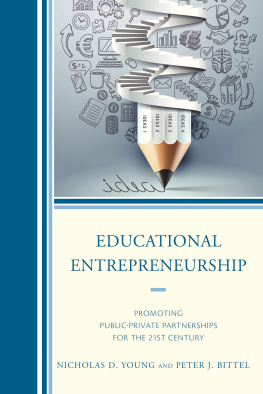
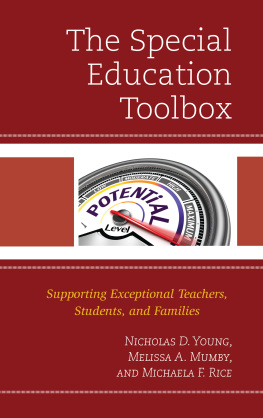

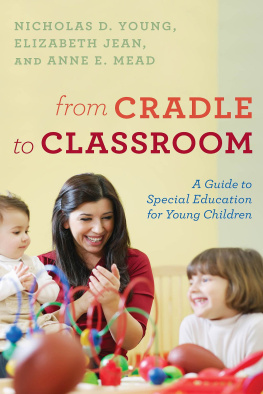
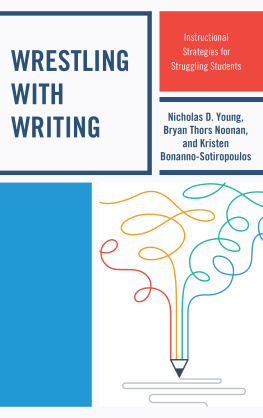
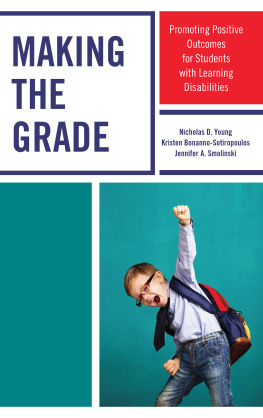


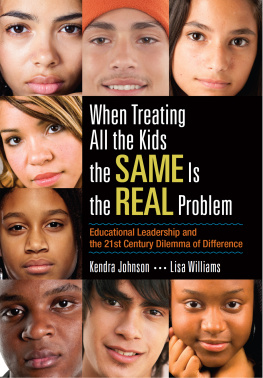



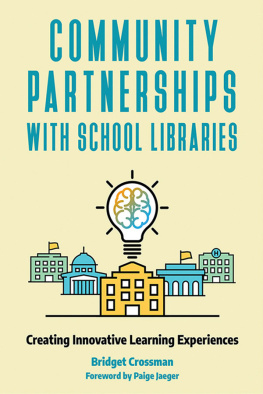
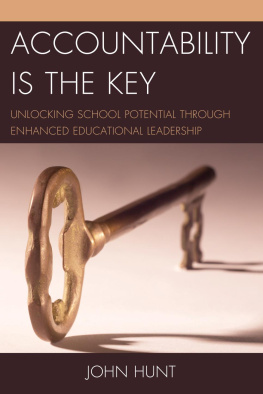
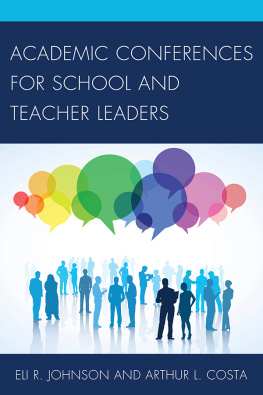
 TM The paper used in this publication meets the minimum requirements of American National Standard for Information Sciences Permanence of Paper for Printed Library Materials, ANSI/NISO Z39.48-1992.
TM The paper used in this publication meets the minimum requirements of American National Standard for Information Sciences Permanence of Paper for Printed Library Materials, ANSI/NISO Z39.48-1992.